Home>diy>Building & Construction>Why Is Bamboo Used In Construction
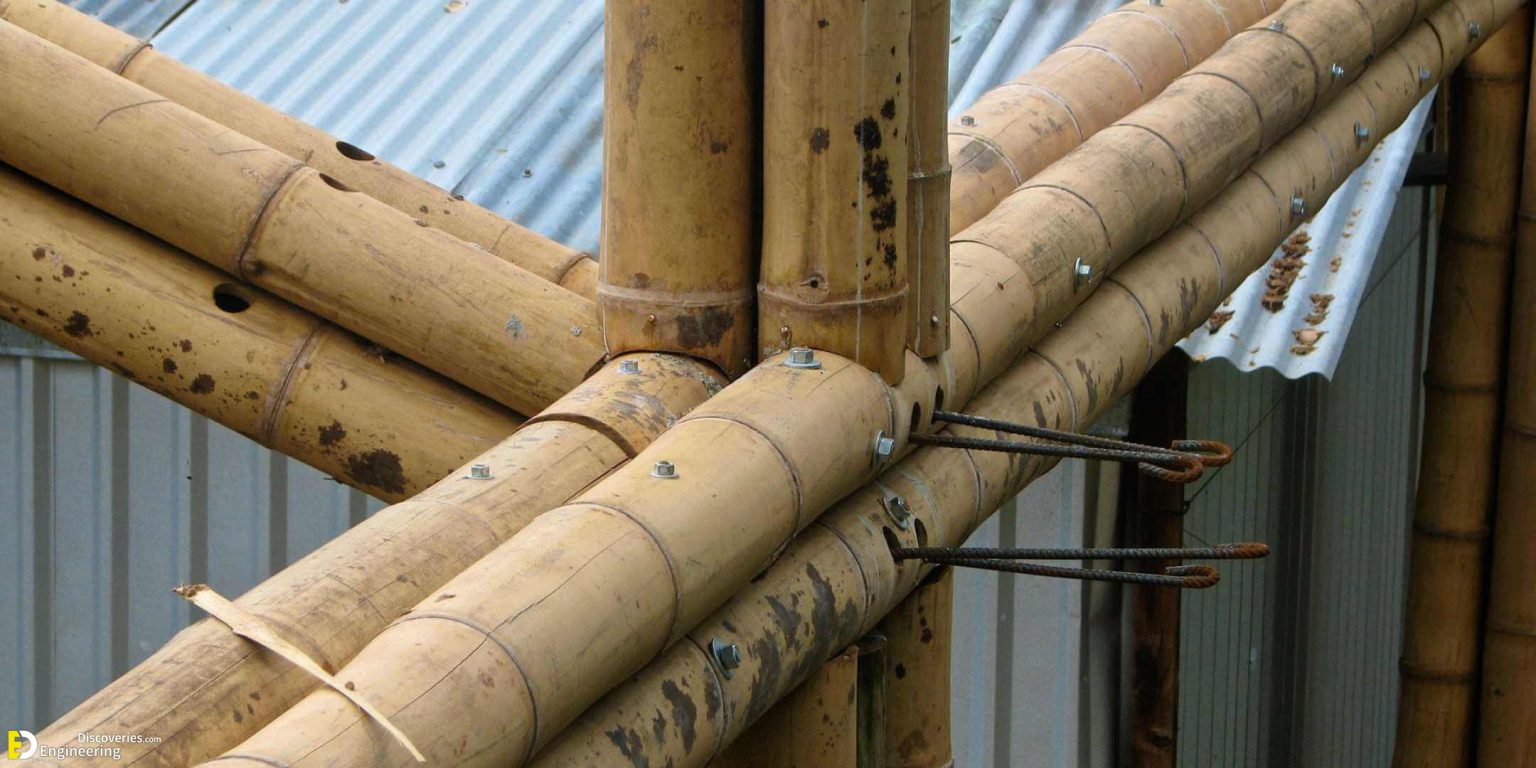

Building & Construction
Why Is Bamboo Used In Construction
Modified: August 30, 2024
Discover the benefits of using bamboo in building construction. Learn why bamboo is becoming a popular choice for sustainable and eco-friendly projects.
(Many of the links in this article redirect to a specific reviewed product. Your purchase of these products through affiliate links helps to generate commission for Storables.com, at no extra cost. Learn more)
Introduction
Welcome to the world of construction where innovation, sustainability, and durability come together. In recent years, there has been a growing interest in utilizing natural and renewable materials in construction projects. One such material that has gained immense popularity is bamboo. What was once known primarily for its use in handicrafts and furniture has now emerged as a viable option for building structures.
Bamboo, with its remarkable properties and versatility, has become an eco-friendly alternative to traditional building materials like concrete and steel. From its strength-to-weight ratio to its adaptability and sustainability, bamboo offers several advantages that make it an attractive choice for construction projects.
In this article, we will explore the various aspects of bamboo in construction, including its characteristics, advantages, applications, challenges, and future potential.
Key Takeaways:
- Bamboo’s strength, flexibility, and sustainability make it an eco-friendly alternative to traditional building materials. Its versatility in applications, from flooring to scaffolding, offers both aesthetic appeal and structural integrity in construction projects.
- Despite challenges like harvesting methods and vulnerability to pests, bamboo’s future potential in construction is promising. Ongoing research, innovation, and integration with other materials position bamboo as a key player in sustainable building practices.
Read more: Why Use A Bamboo Toothbrush?
What is Bamboo?
Bamboo is a fast-growing, woody grass that belongs to the family Poaceae. It is renowned for its sturdy and flexible nature, making it an ideal material for various applications, including construction. Bamboo is predominantly found in regions with warm and tropical climates, such as Asia, South America, and Africa.
Characteristics of Bamboo
Bamboo possesses several unique characteristics that make it well-suited for construction purposes:
1. Strength: Despite its lightweight nature, bamboo has a remarkable strength-to-weight ratio, making it comparable to steel. This strength allows for the construction of sturdy and durable structures.
2. Flexibility: Bamboo exhibits high flexibility, allowing it to withstand strong winds and earthquakes without easily breaking. This flexibility is particularly advantageous in areas prone to natural disasters.
3. Sustainability: Bamboo is a highly sustainable material due to its rapid growth and renewable properties. It can be harvested and regrown within a short period, making it an environmentally friendly choice for construction projects.
4. Carbon sequestration: Bamboo has the unique ability to absorb a substantial amount of carbon dioxide from the atmosphere. This makes it an effective tool in reducing greenhouse gas emissions and mitigating climate change.
Types of Bamboo used in Construction
There are several varieties of bamboo that are commonly used in construction. The most commonly utilized types include:
1. Moso Bamboo: Moso bamboo (Phyllostachys edulis) is one of the largest and most widely cultivated bamboo species. It is known for its impressive height, fast growth rate, and strength. Moso bamboo is extensively used in construction for its structural properties.
2. Guadua Bamboo: Guadua bamboo (Guadua angustifolia) is native to South America and is renowned for its durability and strength. It is often considered the “king” of bamboo due to its large diameter and exceptional resistance to pests and fungi.
3. Bambusa Bamboo: Bambusa bamboo is a genus of bamboo known for its diverse range of species and sizes. It is widely used in construction for its strength, flexibility, and aesthetic appeal. Bambusa bambos, also known as giant timber bamboo, is one of the notable species used in construction.
4. Dendrocalamus Bamboo: Dendrocalamus bamboo is known for its large diameter and impressive height. It is commonly used in construction for its strength and stability. This type of bamboo is often found in Southeast Asia and tropical regions.
Bamboo is a versatile material, and different types of bamboo may be suitable for specific construction applications based on their physical properties and regional availability.
Advantages of Using Bamboo in Construction
When it comes to sustainable and eco-friendly construction materials, bamboo stands out as a top choice. The use of bamboo in construction offers several advantages that make it an appealing option for builders and architects. Let’s explore some of these advantages:
1. Sustainability and Environmental Benefits: Bamboo is considered one of the most sustainable building materials available. It is a rapidly renewable resource, with some species growing up to 91 cm (36 inches) in just 24 hours. Unlike trees used for timber, bamboo can be harvested without killing the plant, as it regrows from its extensive root system. Additionally, bamboo cultivation requires no pesticides or chemical fertilizers, reducing the negative impact on the environment.
2. High Strength-to-Weight Ratio: Despite its lightweight nature, bamboo exhibits an exceptional strength-to-weight ratio. It is stronger than many traditional building materials like wood and even some metals. This strength allows for the construction of robust and stable structures without the need for excessive support.
3. Flexibility and Durability: Bamboo’s natural flexibility makes it an excellent material for construction projects, especially in areas prone to earthquakes or high winds. Its inherent ability to bend instead of breaking provides enhanced resilience. Furthermore, bamboo is highly durable and can withstand extreme weather conditions, making it suitable for both indoor and outdoor applications.
4. Fire Resistance: Another significant advantage of using bamboo in construction is its natural fire resistance. Bamboo has a high ignition point, giving it a higher resistance to catching fire compared to other common building materials. This property makes bamboo a safer option for construction, particularly in regions prone to wildfires or with stringent fire safety regulations.
In addition to these advantages, bamboo also has excellent thermal and acoustic properties, making it an efficient choice for insulation and noise reduction. It is also aesthetically pleasing, offering a natural and unique look to any construction project.
The sustainable and eco-friendly nature of bamboo aligns with the growing global focus on reducing carbon footprints and promoting sustainable development. Its use in construction not only helps in preserving natural resources but also has a positive impact on the environment and contributes to the overall well-being of communities.
Bamboo is used in construction due to its strength, flexibility, and sustainability. It is also lightweight, fire-resistant, and grows quickly, making it an eco-friendly building material.
Read more: Why Is Asbestos Used In Construction
Common Applications of Bamboo in Construction
Bamboo’s versatility and unique properties make it suitable for a wide range of applications in the construction industry. Let’s explore some of the common uses of bamboo in construction:
1. Bamboo Flooring and Decking: Bamboo flooring has become increasingly popular due to its durability, aesthetics, and sustainability. It offers a renewable and eco-friendly alternative to traditional hardwood flooring. Bamboo decking is also a practical choice for outdoor spaces, as it is resistant to moisture, insects, and rot.
2. Bamboo Walls and Panels: Bamboo panels and wall coverings are favored for their natural beauty and warmth. They provide a unique and organic touch to interior spaces, adding a sense of tranquility and sophistication. Bamboo wall panels are lightweight, easy to install, and customizable, making them suitable for both residential and commercial projects.
3. Bamboo Scaffolding: In many parts of Asia, bamboo scaffolding continues to be a prevalent practice in construction projects. Bamboo scaffolds are lightweight, cost-effective, and offer excellent stability and strength. They are commonly used in the construction of high-rise buildings, providing a safe working platform for workers.
4. Bamboo Furniture and Interiors: Bamboo furniture has gained popularity due to its sustainable and stylish appeal. It is used in indoor and outdoor settings, offering durability, strength, and natural beauty. Bamboo is also used for crafting unique and functional interior elements such as partitions, room dividers, and ceiling panels.
Bamboo’s versatility extends beyond these applications, and it can also be used for wall cladding, roofing, fencing, and even as structural elements for buildings. The lightweight nature of bamboo makes it suitable for rapid construction methods and modular building systems.
It’s worth noting that bamboo’s aesthetic appeal aligns well with contemporary design trends, blending harmoniously with both traditional and modern architectural styles. Its use in construction not only adds a touch of elegance but also contributes to the overall sustainability of the project.
With proper treatment and maintenance, bamboo can provide long-lasting performance and retain its natural beauty, making it an excellent choice for various construction applications.
Challenges and Limitations of Bamboo in Construction
While bamboo offers numerous advantages as a construction material, it also comes with its share of challenges and limitations. To ensure successful utilization of bamboo in construction projects, it is important to consider these factors:
1. Harvesting and Processing Methods: The harvesting and processing of bamboo require specific techniques to ensure optimal quality and durability. Improper harvesting practices, such as harvesting bamboo at an immature stage or using incorrect drying methods, can result in weak and unstable material. It is crucial to follow proper harvesting and processing methods to obtain high-quality bamboo for construction purposes.
2. Vulnerability to Pests and Fungi: Bamboo is susceptible to attacks by pests, such as borers and termites, as well as fungal decay if not properly treated and protected. To mitigate these risks, bamboo should undergo adequate treatment processes, such as pressure treatment or borate treatment, to enhance its resistance against insects and fungi.
3. Maintenance and Longevity: While bamboo is durable, it requires regular maintenance to ensure its longevity. Periodic treatments, such as reapplication of protective coatings, can help preserve the bamboo’s strength and natural beauty. Additionally, proper care and maintenance are crucial to prevent moisture absorption and avoid damage caused by weathering or UV exposure.
4. Lack of Standardized Bamboo Building Codes: Unlike traditional building materials, bamboo does not have standardized building codes in many regions. This lack of specific regulations and codes can pose challenges when it comes to obtaining permits and ensuring compliance with safety standards. However, efforts are underway in various countries to establish comprehensive codes and standards for bamboo construction to enhance its acceptability and safety.
It is essential to work with experienced bamboo craftsmen, architects, and engineers who have expertise in bamboo construction to navigate these challenges effectively. Proper training and knowledge transfer in bamboo construction techniques can help mitigate these limitations and ensure the successful implementation of bamboo in construction projects.
Despite these challenges, with proper planning, treatment, and maintenance, bamboo can be a reliable and sustainable choice for construction, offering unique aesthetic appeal and environmental benefits.
Case Studies: Bamboo Used in Construction
Bamboo has been successfully utilized in various construction projects around the world, showcasing its immense potential as a sustainable and versatile building material. Let’s explore some notable case studies where bamboo has been incorporated into the architectural design:
1. Bamboo Houses and Structures in Bali, Indonesia: Bali is renowned for its bamboo architecture, with numerous bamboo houses and structures dotting the landscape. The Green Village in Bali, designed by Ibuku, is a prime example of innovative bamboo construction. The unique bamboo houses, such as the Sharma Springs and the River House, blend seamlessly with the surrounding environment, showcasing the aesthetic beauty and structural possibilities of bamboo.
2. Bamboo Sports Hall in China: In 2018, China unveiled a bamboo sports hall in the city of Wenjiang. Designed by Chinese architect Li Xinggang, the impressive structure showcases the strength and flexibility of bamboo. The sports hall not only stands as an eco-friendly and visually striking architectural wonder but also demonstrates the potential of bamboo as a structural material for large-scale projects.
3. Bamboo Bridge in Vietnam: The Ban Mai Bamboo Bridge in Ho Chi Minh City, Vietnam, is a testament to the structural capabilities of bamboo. Spanning over a canal, the bamboo bridge not only serves as a functional pedestrian crossing but also adds an element of beauty to the urban landscape. It demonstrates how bamboo can be creatively used to build sustainable and visually appealing infrastructure.
Benefits and Lessons Learned from Successful Projects:
1. Environmental Sustainability: The use of bamboo in construction projects significantly reduces the carbon footprint compared to traditional building materials. Bamboo’s rapid growth and renewability make it a preferable choice for sustainable development.
2. Cost-effectiveness: Bamboo is often a cost-effective alternative to conventional construction materials like concrete and steel. It offers a lower construction cost without compromising on the strength and durability of the structure.
3. Innovation and Design Possibilities: Bamboo opens up a realm of design possibilities due to its inherent flexibility and natural beauty. Architects and designers can incorporate bamboo into unique shapes and forms, creating visually striking and environmentally conscious structures.
4. Community Engagement and Empowerment: Bamboo construction projects often involve local communities, providing employment opportunities and skill development. It fosters community involvement, creates a sense of ownership, and promotes sustainable livelihoods.
5. Resilience and Adaptability: Bamboo structures have demonstrated resilience in the face of natural disasters such as earthquakes and typhoons. The flexibility and strength of bamboo allow it to withstand high wind loads and seismic activities, ensuring the safety of inhabitants.
These case studies highlight the diverse applications and benefits of bamboo in construction. They serve as inspiration for future projects, encouraging further research and innovation in the realm of bamboo architecture.
Future Potential and Innovations in Bamboo Construction
The future of bamboo in construction holds immense potential for research, development, and innovation. As the demand for sustainable and eco-friendly building materials continues to rise, bamboo is poised to play a significant role. Let’s explore some areas of future potential and innovation in bamboo construction:
1. Research and Development in Bamboo Materials: Ongoing research is focused on improving the quality and performance of bamboo materials. This includes exploring different bamboo species, developing new treatment methods to enhance durability, and investigating bamboo composites with other materials to create stronger and more resilient structures.
2. Advancements in Bamboo Engineering and Design: With advancements in engineering and design, bamboo structures can be optimized to maximize strength and stability. This includes techniques such as computer-aided design (CAD) and structural analysis to determine the optimal shape and dimensions for different applications. Additionally, bamboo can be engineered to create laminated bamboo beams and columns with standardized properties, further expanding its potential in large-scale construction projects.
3. Integration of Bamboo with Other Sustainable Construction Materials: The integration of bamboo with other sustainable construction materials, such as recycled plastic or bamboo fiber-reinforced composites, can enhance its properties and broaden its potential applications. These hybrid materials offer improved strength, durability, and resistance to pests and rot, expanding the possibilities for composite bamboo construction.
4. Innovative Bamboo-Based Systems: Researchers are exploring the development of prefabricated bamboo components and modular systems for efficient and rapid construction. These systems can reduce construction time and improve quality control while utilizing the sustainable qualities of bamboo.
5. Bamboo for Disaster-Resilient Structures: Bamboo has shown promising potential for constructing disaster-resilient structures. Continued research can lead to the development of innovative design strategies and building techniques that leverage bamboo’s flexibility, lightweight nature, and seismic resistance to create more resilient buildings in areas prone to earthquakes, hurricanes, or other natural disasters.
By harnessing these areas of future potential and innovation, bamboo can continue to evolve as a sustainable and effective construction material. Governments, architects, and researchers are increasingly recognizing the importance of bamboo in sustainable development, leading to the establishment of bamboo research centers and the formulation of building codes specific to bamboo construction.
The integration of bamboo into mainstream construction practices has the potential to not only reduce the environmental impact of the industry but also improve the quality of life for communities worldwide. With ongoing advancements and collaboration, bamboo construction is poised to play a crucial role in the future of sustainable building practices.
Read more: Why Is Steel Widely Used In Construction?
Conclusion
Bamboo, with its remarkable properties and sustainability, has emerged as a game-changer in the construction industry. Its versatility, strength, and eco-friendly nature make it an attractive choice for builders and architects around the world. Through this article, we delved into various aspects of bamboo in construction, highlighting its characteristics, advantages, applications, challenges, and future potential.
We explored how bamboo’s sustainability and environmental benefits make it a preferred choice for eco-conscious projects. Its high strength-to-weight ratio, flexibility, and fire resistance further enhance its appeal as a reliable construction material. Bamboo has found its place in various applications, such as flooring, decking, walls, panels, scaffolding, and furniture, offering both aesthetic beauty and structural integrity.
However, we also acknowledged the challenges and limitations that come with bamboo construction, such as proper harvesting and processing methods, vulnerability to pests and fungi, maintenance requirements, and the lack of standardized building codes. These challenges can be overcome through proper training, research, and collaboration to ensure safe and successful implementation of bamboo in construction projects.
Throughout the article, we presented several case studies that showcase the successful utilization of bamboo in architectural designs. These examples demonstrate the benefits and lessons learned from incorporating bamboo into construction, including its environmental sustainability, cost-effectiveness, innovation potential, and community engagement.
Looking ahead, we discussed the future potential and innovations in bamboo construction. Ongoing research and development in bamboo materials, advancements in engineering and design, and the integration of bamboo with other sustainable construction materials hold promising opportunities for further enhancing its capabilities in the industry. Additionally, the resilience of bamboo structures in natural disasters and the development of innovative bamboo-based systems can significantly contribute to sustainable and disaster-resilient construction practices.
In conclusion, bamboo has emerged as a sustainable, versatile, and aesthetically pleasing construction material. Its use in construction not only reduces the carbon footprint but also promotes sustainable development and supports local communities. As the construction industry continues to prioritize sustainability, bamboo is poised to be at the forefront of modern and eco-friendly building practices, contributing to a greener and more sustainable future.
Frequently Asked Questions about Why Is Bamboo Used In Construction
Was this page helpful?
At Storables.com, we guarantee accurate and reliable information. Our content, validated by Expert Board Contributors, is crafted following stringent Editorial Policies. We're committed to providing you with well-researched, expert-backed insights for all your informational needs.
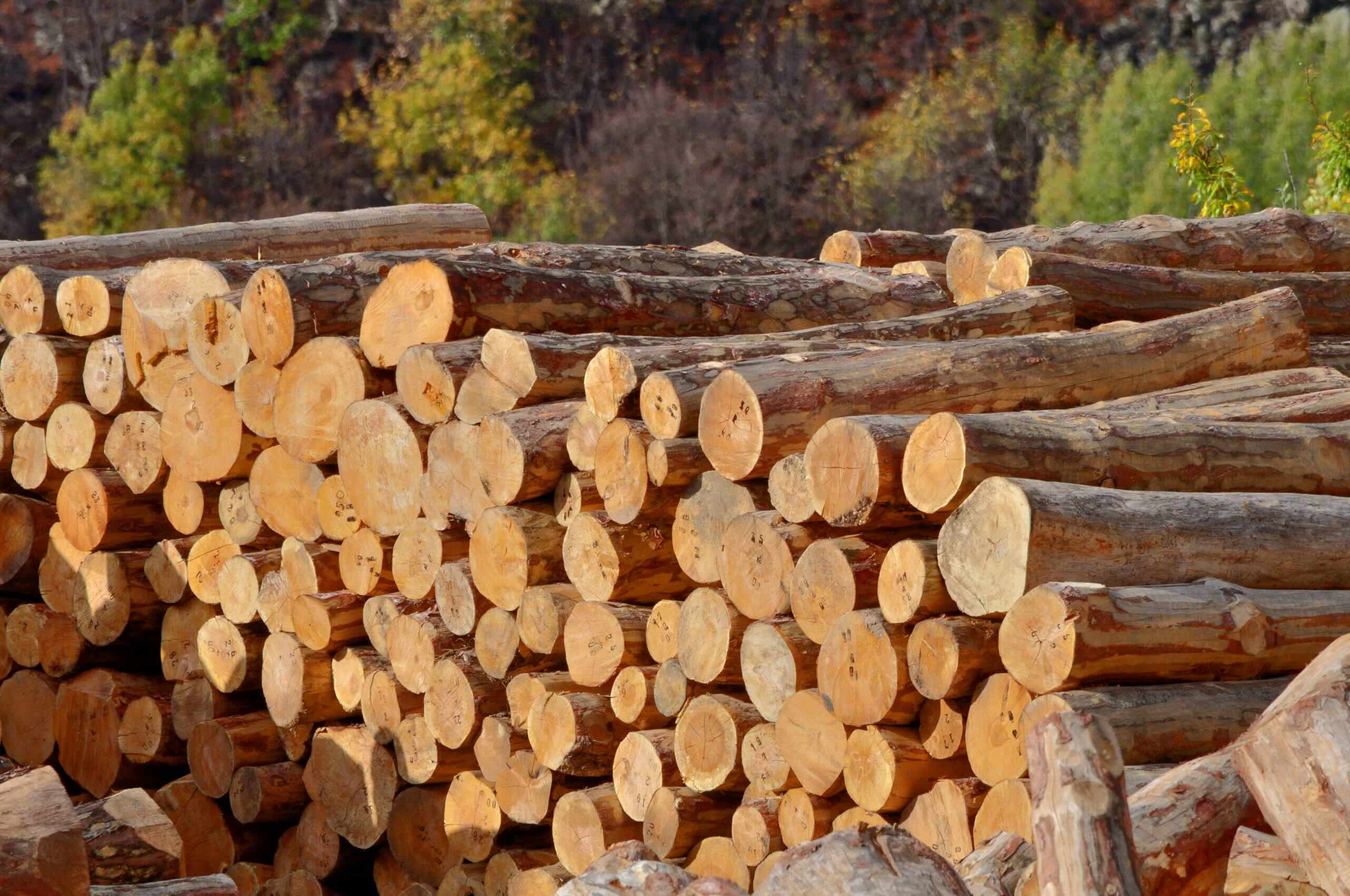
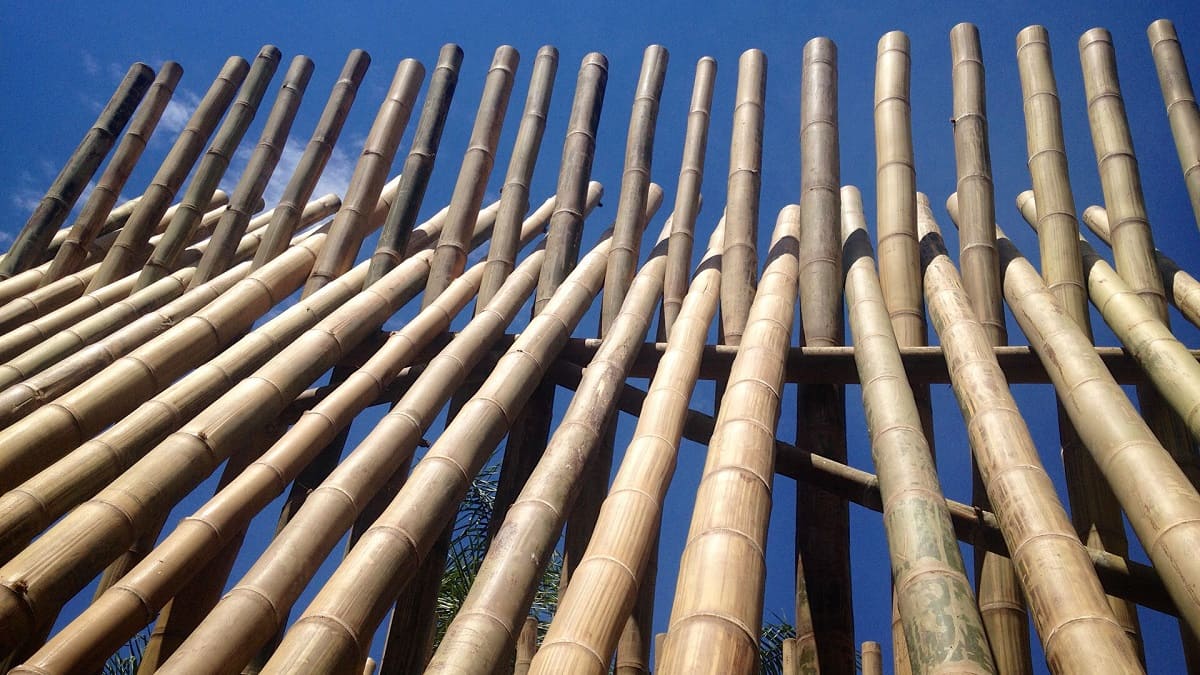
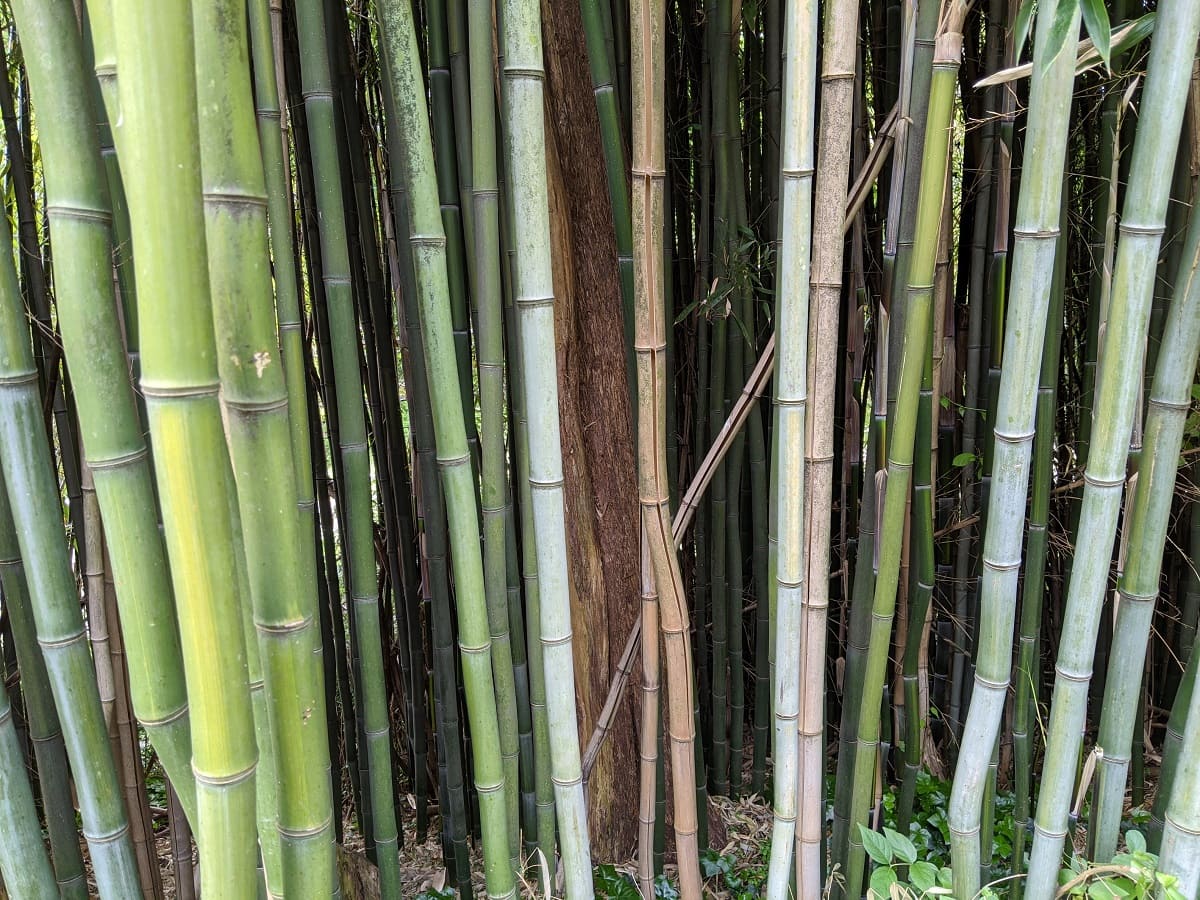

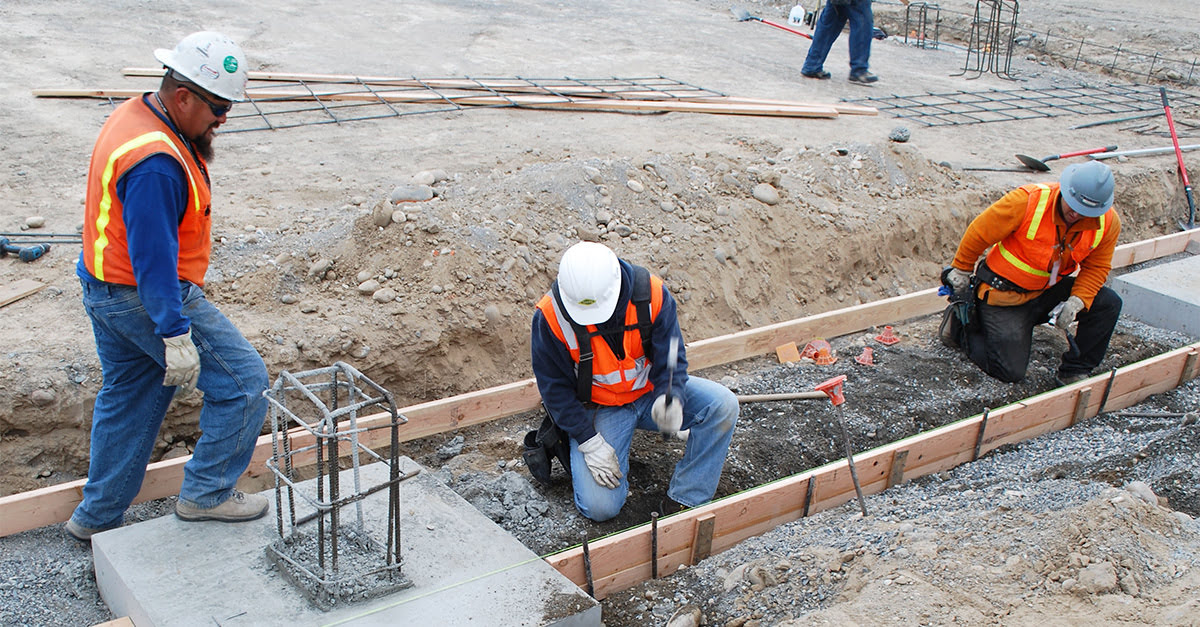
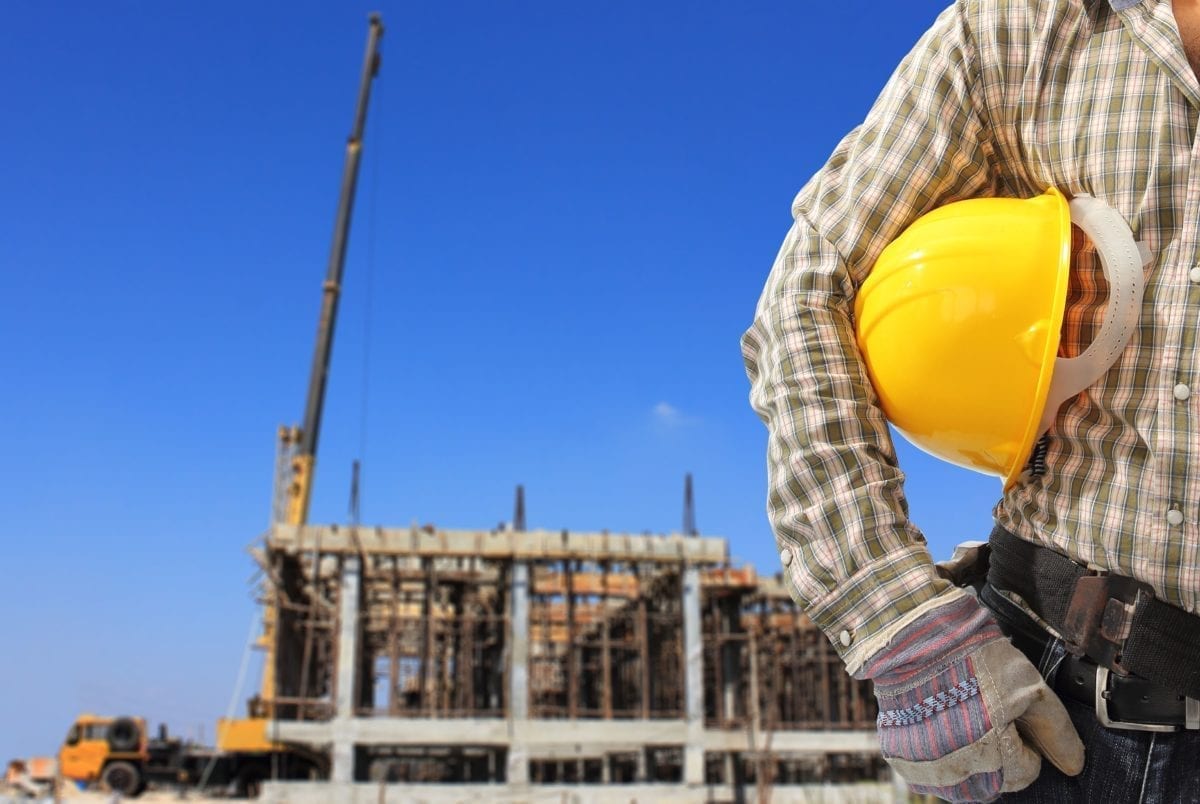
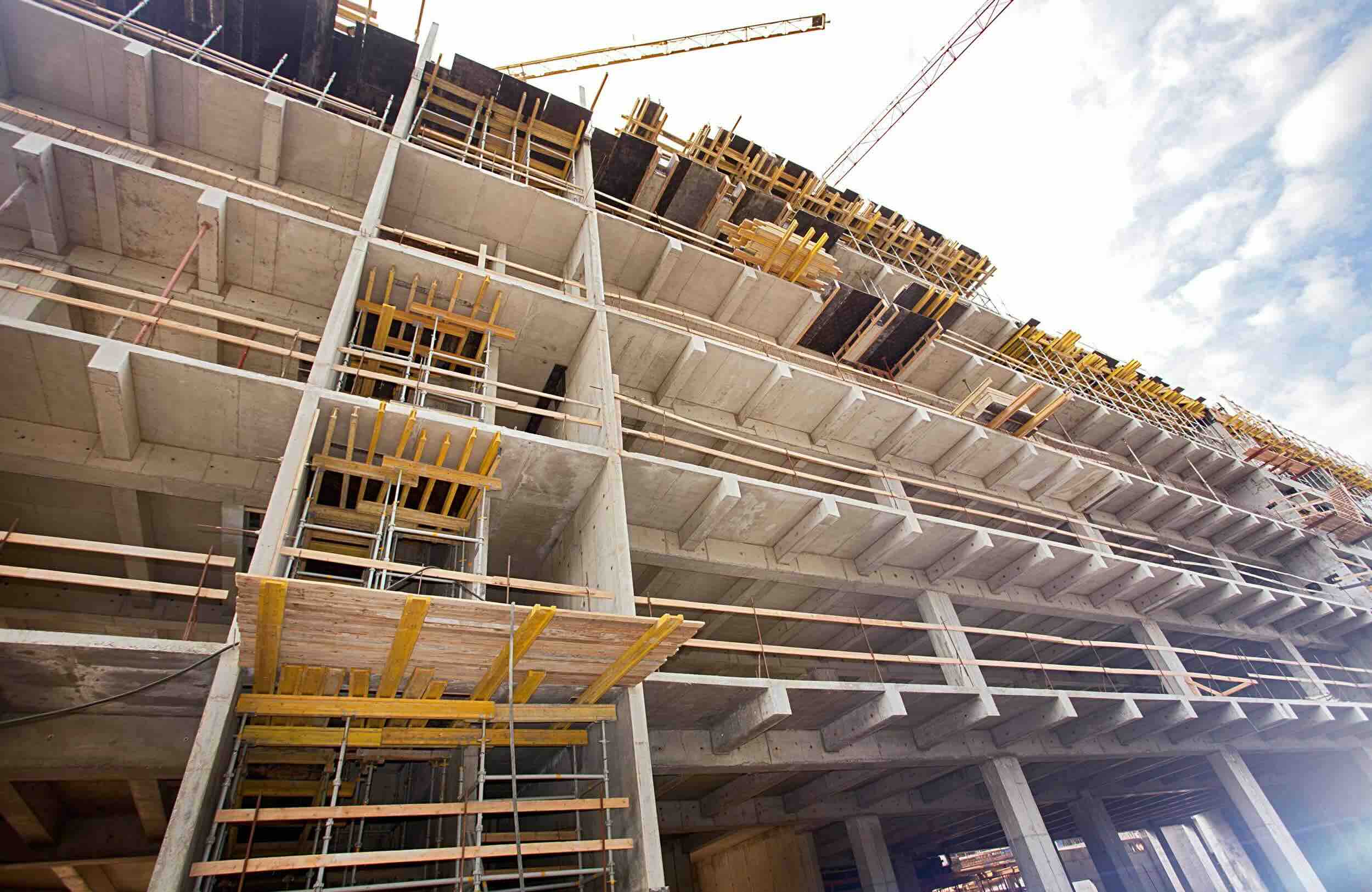
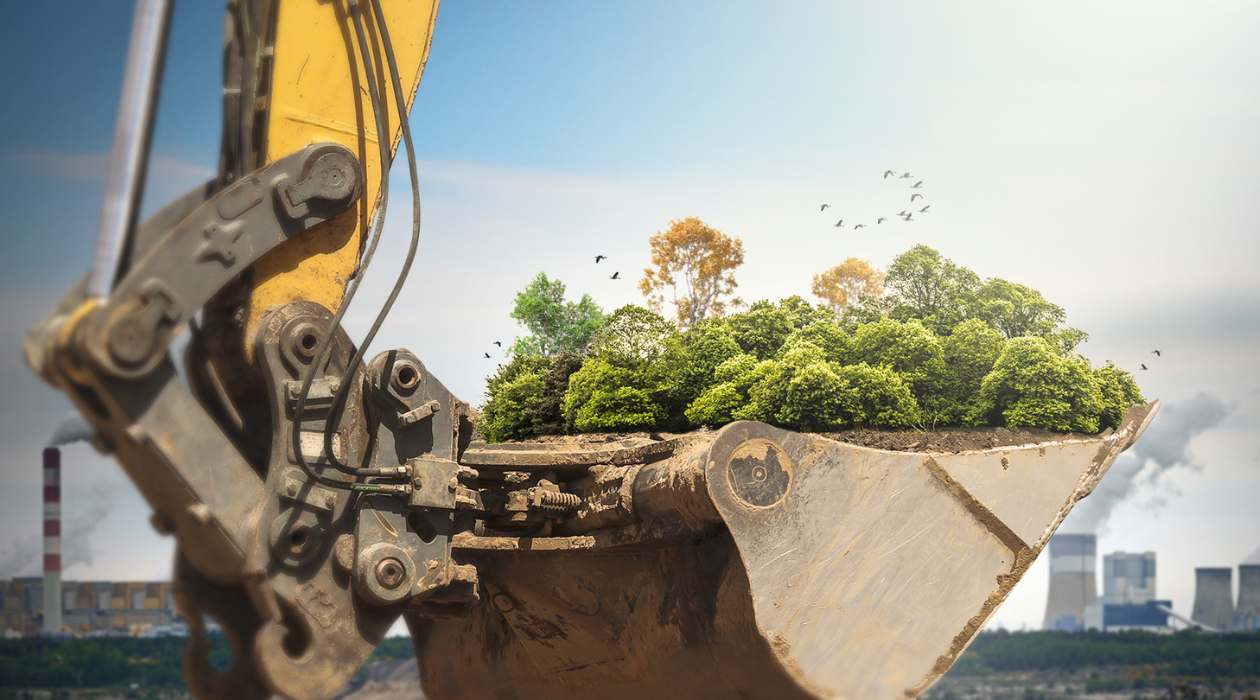
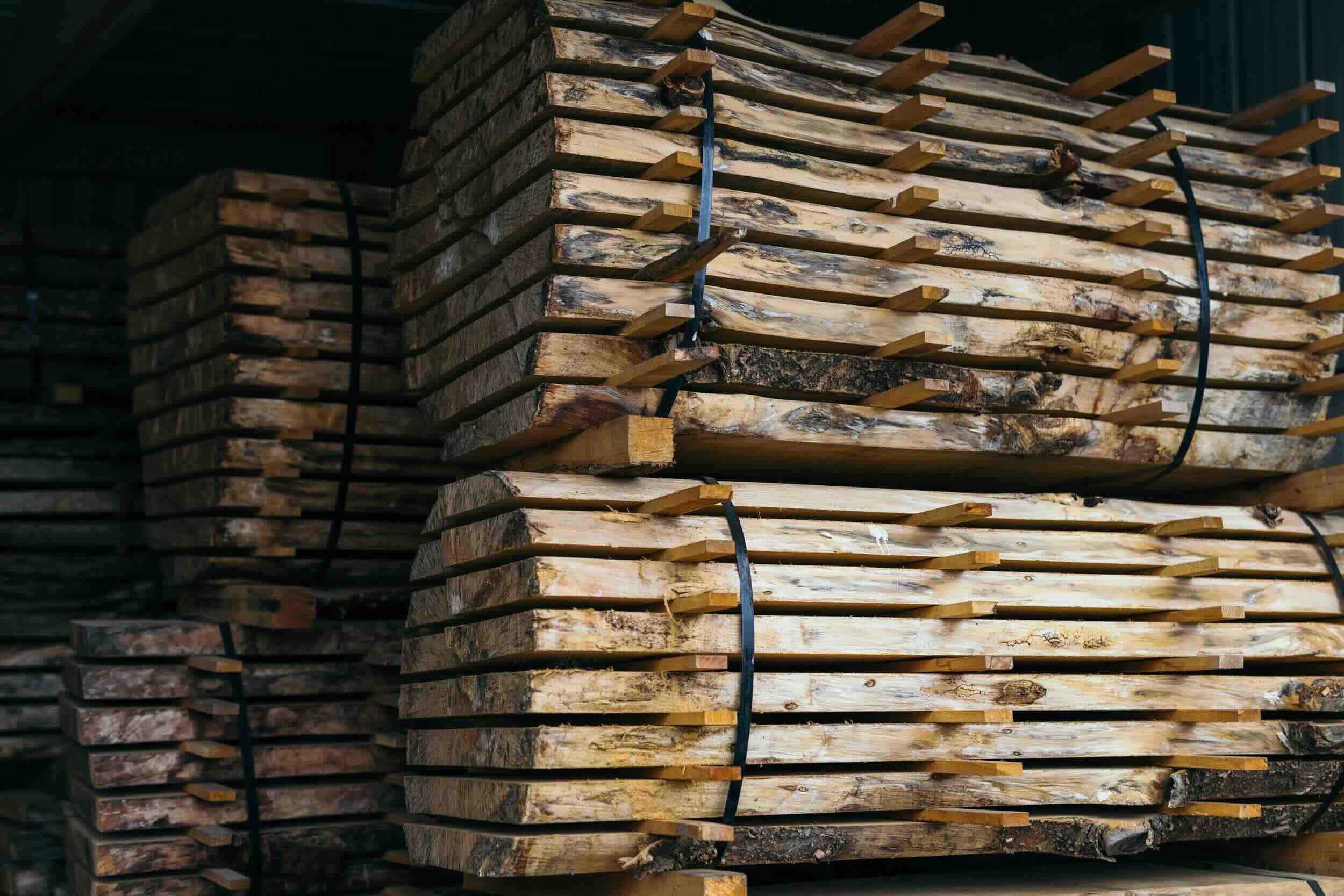
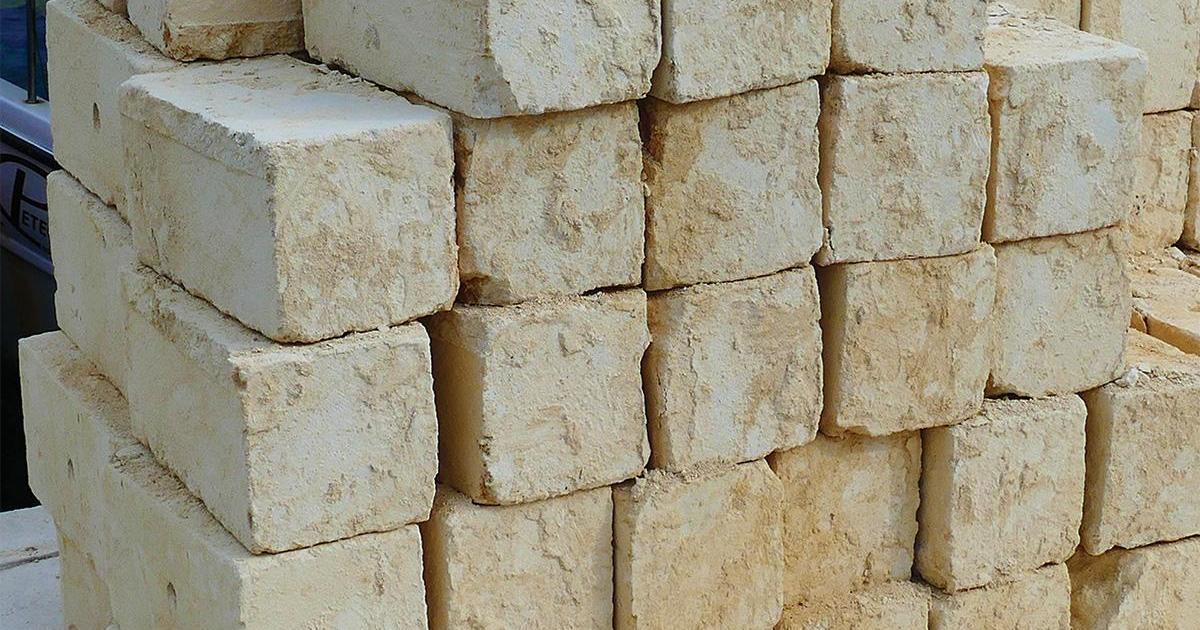
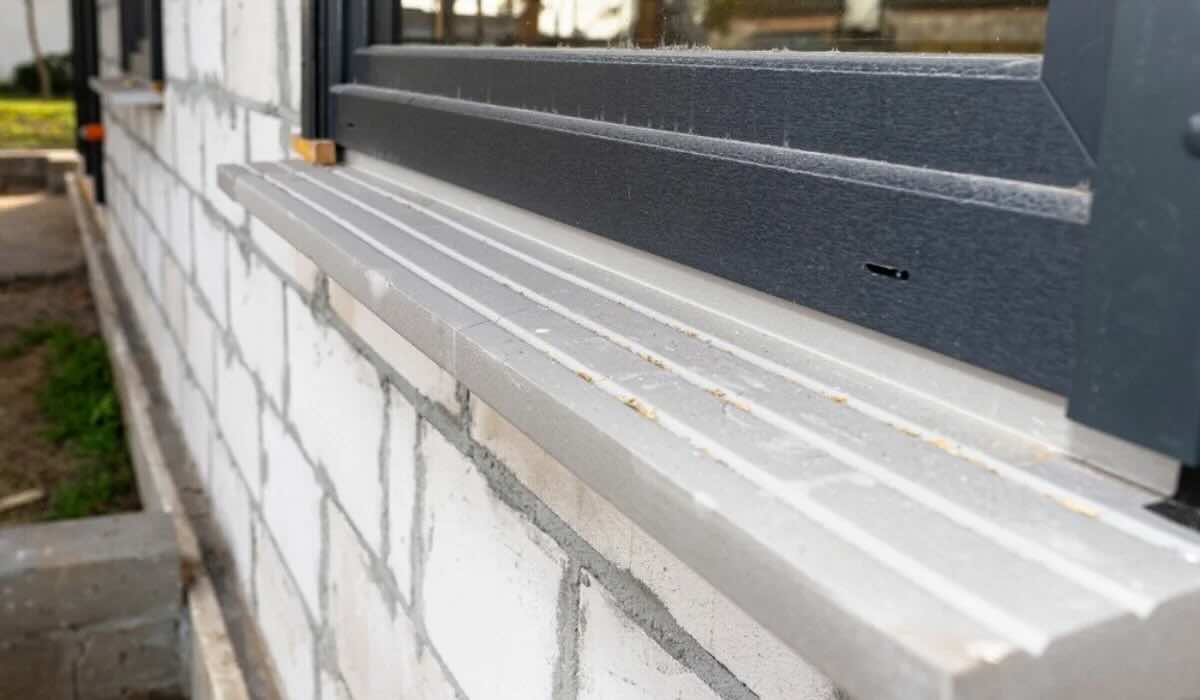



0 thoughts on “Why Is Bamboo Used In Construction”